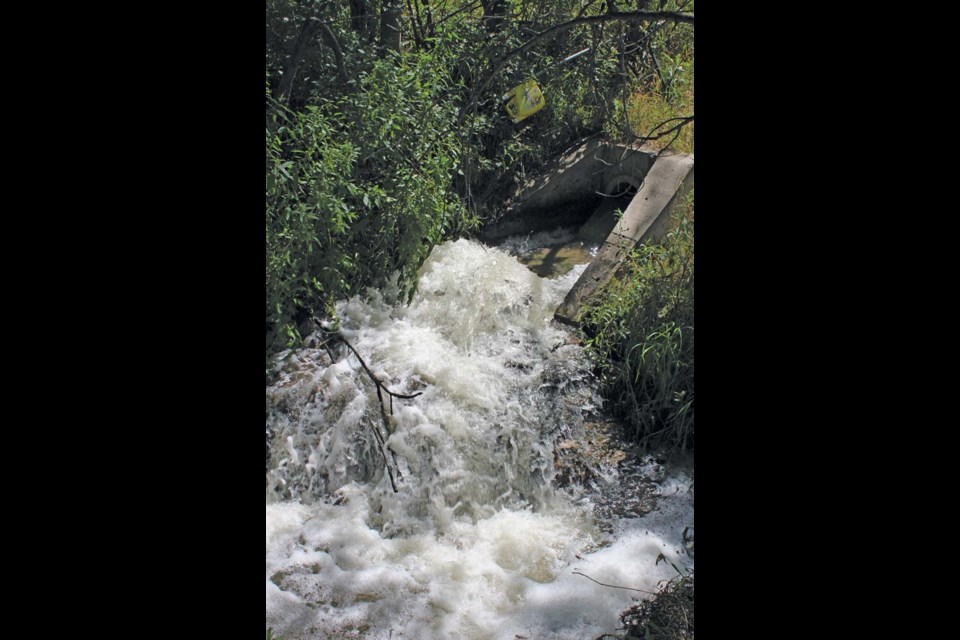Years of dumping raw sewage into Gopher Creek have come to an end as Virden’s new wastewater treatment plant goes to work.
The town’s $16 million treatment plant went into operation for the first time on July 25, 2018.
Utilities manager Dale Wallace told the Empire-Advance in an email, “There is no more raw sewage going into the creek, however it will take a few months to build the bio solids to start the nitrification process and sludge removal.”
Plant failure
Virden has been without sewage treatment ever since the plant failed in 2012. But an engineer’s report in 2014 said that even before that failure, there were problems at the plant:
“The treatment process was challenged to meet effluent water quality requirements” such as fecal coliform levels.
Local environmentalist John Fefchak is glad the sewage dumping is over. He lives just north of Virden on land that borders the creek.
“Gopher Creek traverses entirely through my property en route to the Assiniboine River. I am pleased that the new sewage plant is complete and in operation.”
Project Background
When the Town’s existing wastewater treatment plant - a deep-shaft system built in 1979 - failed six years ago, town council made plans to build a new plant using a different type of sewage treatment technology called SBR.
In a Sequential Batch Reactor (SBR), oxygen is bubbled through the waste, breaking it down into liquid effluent that’s clean enough to be released into surface waters and solid effluent that can be dried and used on the land.
The liquid waste flows through an open channel to Gopher Creek. The solid waste goes to the Virden landfill where it’s dried in sludge drying beds.
The engineer’s report from 2014 predicted that the new plant will make “significant improvements to the water quality in Gopher Creek.” It will also make it possible for the Town to meet provincial and federal wastewater standards.
Compared to the samples collected in 2012, the report says, “suspended solids in the treated effluent are expected to be reduced by about 80 per cent, coliforms will be reduced by more than 99 per cent, biological oxygen demand will be reduced by 75 per cent, and ammonia will be reduced by about 50 per cent.”
The engineer’s report recommended the new plant be constructed in two phases at a total cost of $16 million. Phase I was completed in 2015; Phase II (the final phase) was finished in July, 2018.




